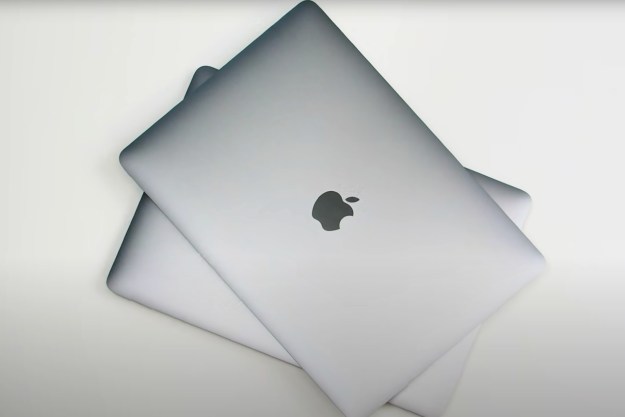Apple has launched a new Mac, dubbed the Mac Studio, at its Peek Performance spring event. It marks a new line for the Mac and comes with either the brand-new M1 Ultra or the M1 Max, which is Apple’s most powerful desktop chip.
It takes the form of an enlarged Mac Mini — meaning it has no monitor. As previous rumors had speculated, it resembles several Mac Minis stacked on top of each other.

Apple talked up its “outrageous performance” and connectivity, combined with its compact form. Aimed at professional studio users, it sits a layer above the Mac Mini, but below the bulky Mac Pro.
In terms of performance, Apple is clearly aiming at high-end PCs — and perhaps even its own Mac Pro. Its M1 Max version offers 2.5 times the performance of the 27-inch Intel Core i9 iMac and is 50% faster than the Mac Pro with a 16-core Intel Xeon chip. Graphically, it is 3.4 times faster than the fastest iMac and Mac Pro.

Things get even more impressive with the new M1 Ultra chip. This version is 3.8 times faster than the Core i9 iMac, 90% faster than the 16-core Xeon, and 60-core than the high-end 28-core Intel Xeon option in the Mac Pro. It also offers up to 128GB of memory.
For storage, there are options all the way up to 8TB, with 7.4GB/s speeds.
It offers four USB-C ports (at 10GB/s), two USB-A, one HDMI, an audio jack, an SDXC slot, and an Ethernet slot. There are two USB-C ports on the front for easy access. It supports Wi-Fi 6 and Bluetooth 5.
While it has no built-in monitor, Apple also unveiled a new stand-alone screen, dubbed the Studio Display. This is a separate purchase for users who need a high-quality screen.

The Mac Studio starts at $1,999 with the M1 Max or $3,999 with the M1 Ultra. That seriously undercuts the Mac Pro, despite outperforming it.
Editors' Recommendations
- Why Apple’s M3 Ultra could be an absolute monster
- Why I went with the MacBook Pro over the Mac Studio
- The easy way to choose between the Mac Studio and Mac mini
- I’m finally ready to stop recommending Apple’s cheapest MacBook
- Apple just dashed our iMac hopes and dreams




